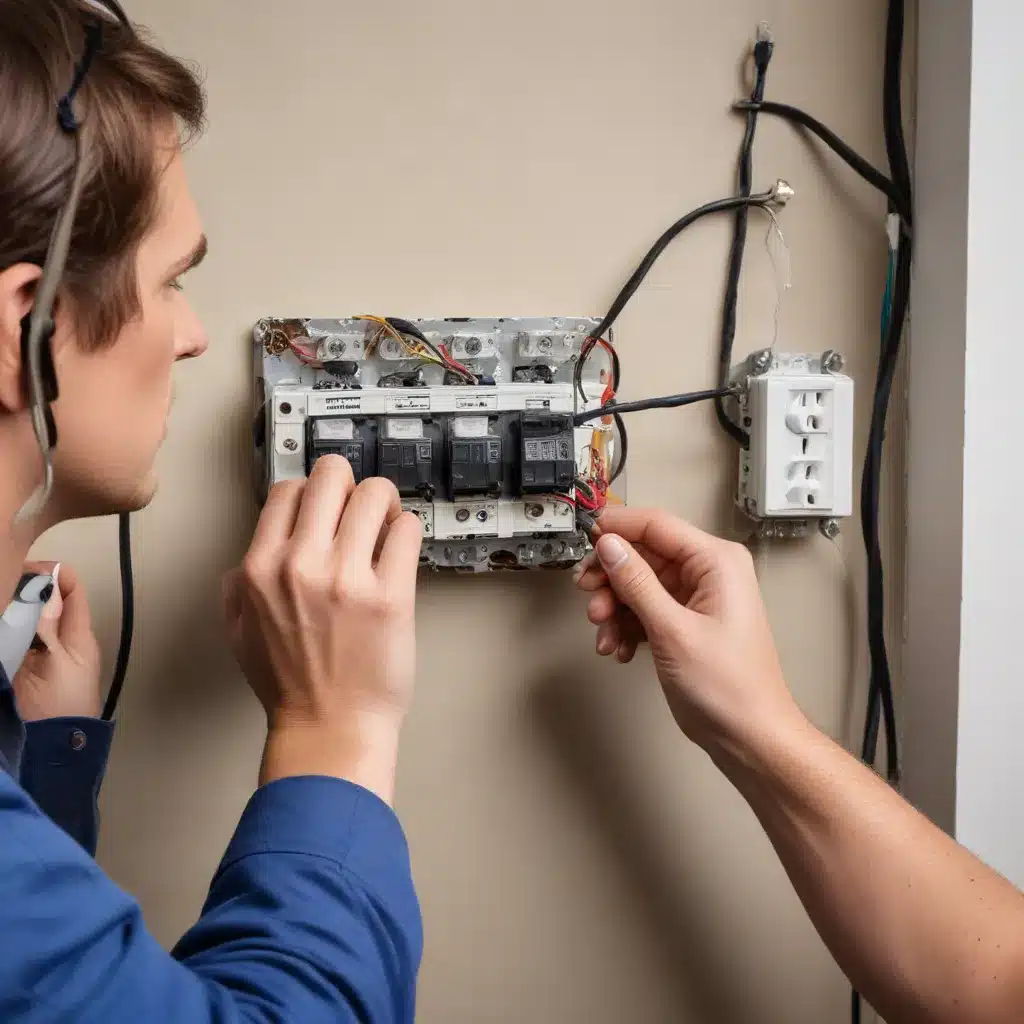
Electrical Upgrades: DIY Tips and Safety Considerations
Homeowners today are increasingly embracing the DIY spirit, tackling various renovation projects to enhance their living spaces. While this can be a rewarding and cost-effective approach, electrical upgrades demand special consideration due to the inherent safety risks involved. As an experienced home improvement consultant, I’ll guide you through the nuances of DIY electrical work, highlighting essential tips and safety precautions to ensure a successful and secure outcome.
Electrical System Overview
At the core of any modern home lies a complex network of electrical circuits responsible for powering our lights, appliances, and myriad devices. Understanding the basics of these circuits is crucial before embarking on any electrical upgrades. Electrical systems comprise essential components such as wiring, outlets, switches, and the all-important electrical panel or breaker box. These elements work in harmony to distribute power safely throughout your home.
The circuit breakers within the electrical panel play a vital role, automatically shutting off power when they detect an overload or short circuit, thereby preventing electrical fires and other hazards. Respecting local electrical codes and regulations is paramount, as they are designed to ensure the safe installation and operation of your home’s electrical infrastructure.
Preparing for Electrical Upgrades
Before tackling any DIY electrical project, it’s essential to thoroughly assess your existing electrical system. Familiarize yourself with the layout of your home’s wiring, identify the locations of the main electrical panel and individual circuit breakers, and take note of any outdated or problematic components. This evaluation will not only inform your upgrade plan but also help you anticipate potential challenges.
Gather the necessary tools and materials for your specific project, which may include a voltage tester, wire strippers, screwdrivers, and appropriate replacement parts. Ensure you have a solid understanding of the appropriate safety gear, such as insulated gloves and protective eyewear. Finally, verify that you have obtained the necessary permits and scheduled any required inspections with your local authorities, as this will help safeguard your project and ensure compliance with building codes.
DIY Electrical Upgrade Techniques
For DIY-inclined homeowners, several electrical upgrades can be safely and effectively executed with the right approach. Upgrading outlets and switches, replacing light fixtures and associated wiring, and even installing a new electrical panel or circuit breakers are all feasible projects, provided you possess the necessary skills and adhere to best practices.
When replacing outlets or switches, be sure to turn off the power at the circuit breaker, use a voltage tester to confirm the absence of electricity, and methodically connect the new components according to the manufacturer’s instructions. For light fixture upgrades, carefully disconnect the existing fixture, identify and match the appropriate wiring connections, and securely mount the new fixture in place.
Tackling more complex tasks, such as panel upgrades or major rewiring, requires a deeper understanding of electrical systems and should be approached with extreme caution. If you’re not confident in your abilities, it’s highly recommended to consult with a licensed electrician to ensure the work is completed safely and up to code.
Safety Precautions for DIY Electrical Work
Electrical work, no matter the scale, carries inherent risks that must be taken seriously. Familiarize yourself with common electrical hazards, such as the danger of electric shock, the potential for electrical fires, and the risks of improper wiring or circuit overloads. Adhering to proper safety protocols is of paramount importance.
Whenever working with electricity, always begin by turning off the power at the circuit breaker and verifying the absence of voltage using a non-contact voltage tester. Consider wearing insulated gloves and other personal protective equipment (PPE) to minimize the risk of injury. Approach each task methodically, double-checking your work to ensure a secure and well-grounded installation.
Optimal Electrical Efficiency and Performance
In addition to improving the safety and functionality of your home’s electrical system, consider exploring energy-efficient upgrades that can deliver long-term benefits. Transitioning to LED lighting can significantly reduce energy consumption and extend the lifespan of your fixtures. Integrating surge protectors and other electrical safeguards can shield your home from power fluctuations and spikes, preserving the integrity of your appliances and electronics.
As you complete your electrical upgrades, be sure to establish a routine maintenance plan to ensure the continued optimal performance and safety of your system. Regularly inspect your wiring, outlets, and circuit breakers, addressing any issues that may arise promptly to prevent future problems.
Troubleshooting and Common Electrical Issues
Even with the best-laid plans, homeowners may occasionally encounter electrical issues that require troubleshooting and, in some cases, professional intervention. Be vigilant in identifying warning signs, such as flickering lights, warm outlets, or breakers that trip frequently, as these can indicate underlying problems.
When faced with an electrical malfunction, first isolate the affected area and turn off the power to that circuit. Use a voltage tester to confirm the absence of power, then methodically inspect the components, looking for loose connections, damaged wiring, or other visible issues. If you’re unable to resolve the problem or suspect a more complex system failure, it’s advisable to consult a licensed electrician to ensure a safe and effective resolution.
Navigating the world of DIY electrical upgrades requires a delicate balance of skill, knowledge, and safety consciousness. While tackling select projects can be rewarding and cost-effective, it’s crucial to recognize the limits of your expertise and seek professional assistance when necessary. By following the guidelines outlined in this article and prioritizing electrical safety, you can confidently embark on your home improvement journey, enhancing the functionality and efficiency of your living space.
For more renovation inspiration and expert guidance, be sure to explore the wealth of resources available on Reluctant Renovator. Their team of experienced consultants is dedicated to empowering homeowners like you to transform their spaces with confidence.



